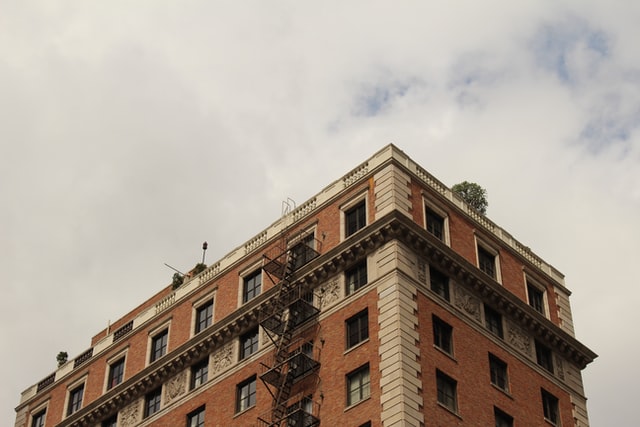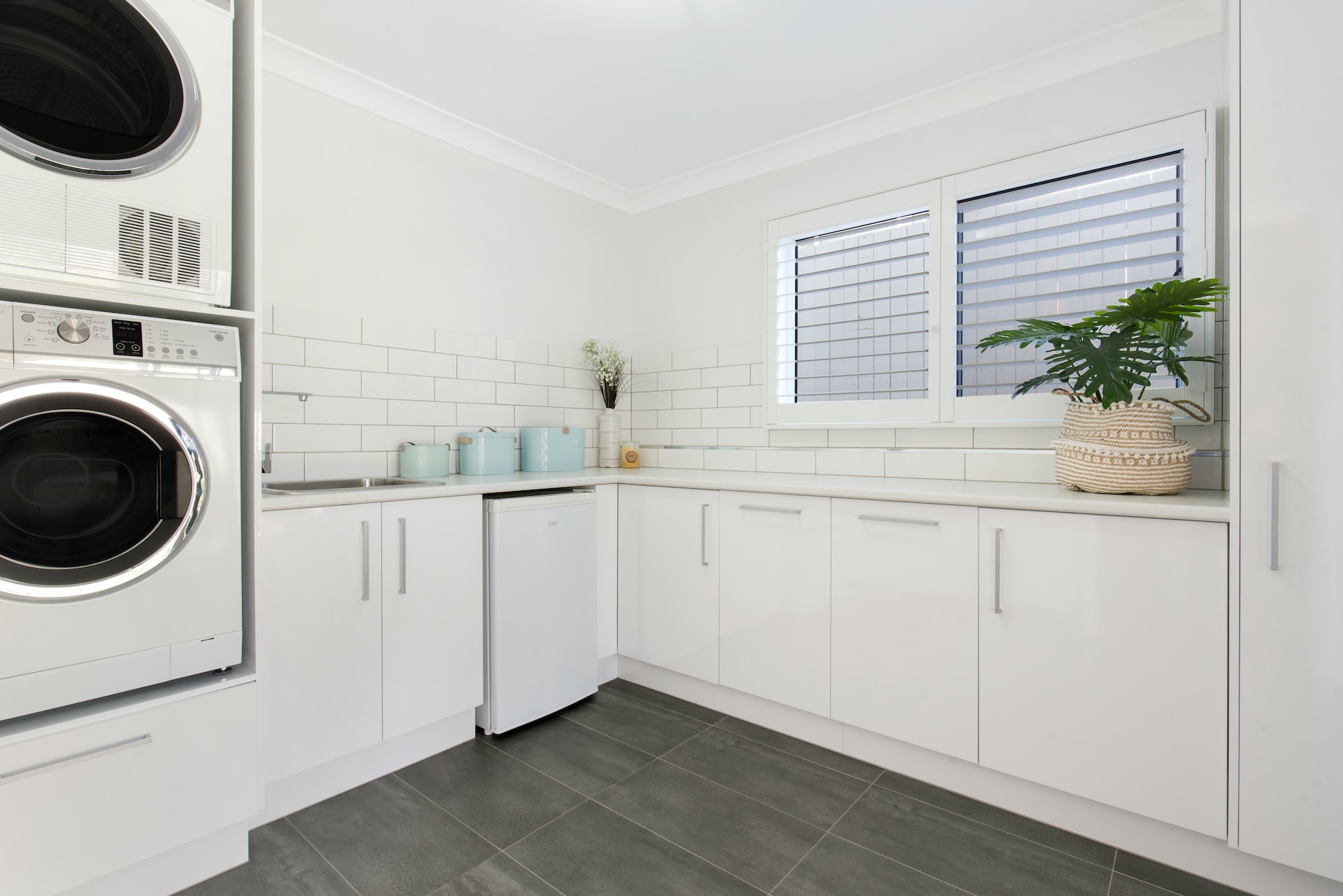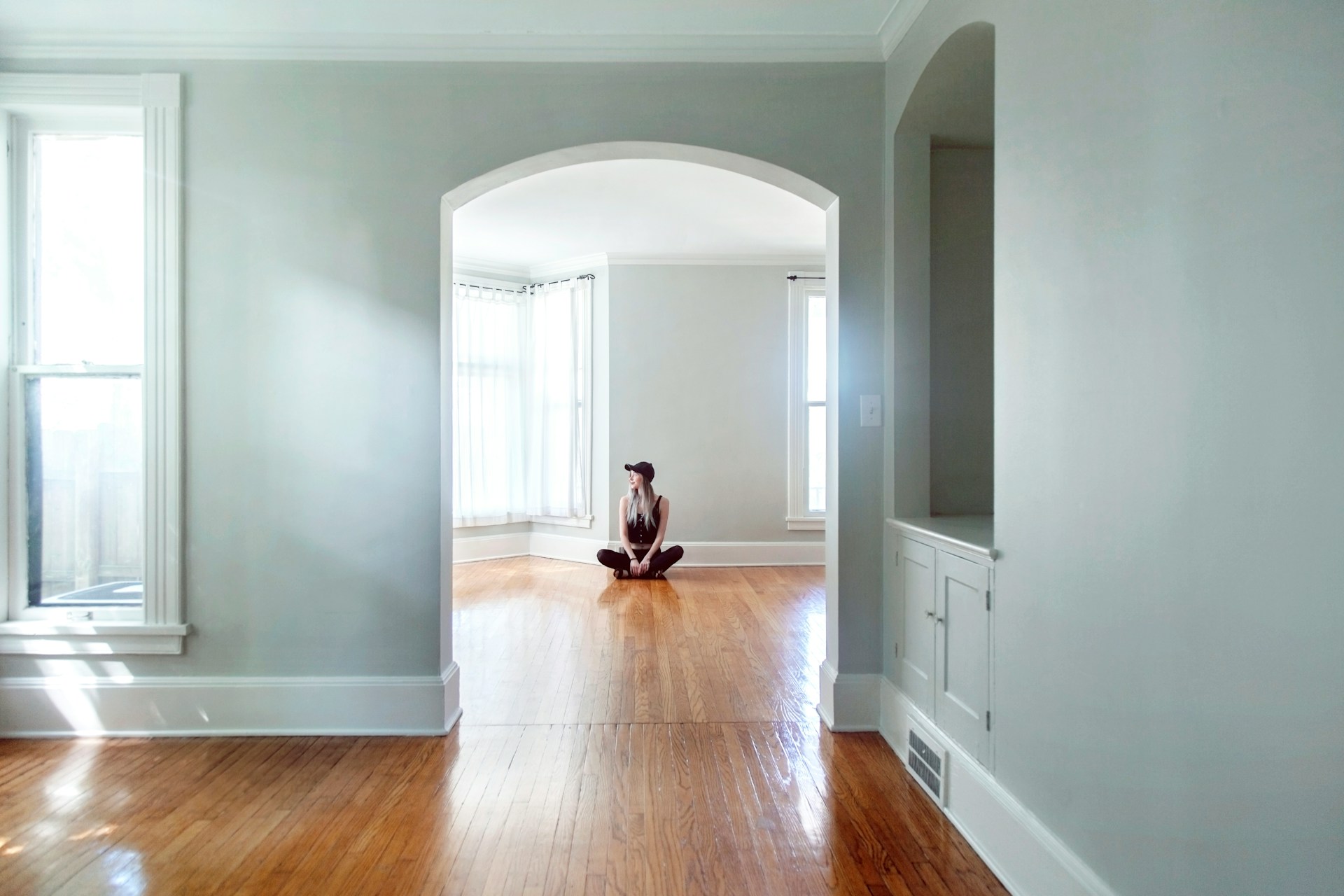Key Findings
- The average home in the U.S. costs seven times the average household income
- 61% of renters across the biggest metropolitan areas are priced out of home ownership, even if they saved up for a down payment
- For most renters, home ownership is out of financial reach in three out of four metropolitan (71%) areas in America
- In 13 metros, at least 90% of people currently renting are priced out of home ownership, 10 of those metros are in California
- Only 4% of renters in Los Angeles can afford to own a home in the city
- Johnston, PA is the only metropolitan area where home ownership is affordable for more than 80% of renters
The average home in the United States cost seven times the amount an average family makes in a year. That’s the highest ratio since the housing bubble preceding the Great Recession of 2007-2009, and one of the highest ratios in 70 years.
Roughly two-thirds of Americans are homeowners. But, for millions of Americans who rent and wish to buy a home, a recent real estate boom where sales are climbing and prices are skyrocketing is hardly good news.
As reported in last year’s study by HireAHelper, renter incomes are also significantly lower than those of homeowners. With home prices continuing to climb, an increasing number of renters are finding themselves priced out of real estate markets in their local area.
In this study, we examine what it means to be “priced out” (i.e., not being able to afford to buy and own a home in the city where you currently rent).
By comparing median home price in 260 metropolitan areas to income levels of renters in those same areas, we estimate that 61% of people currently renting in America’s biggest cities can’t afford to buy a home where they live.
Out of Reach: Home Ownership Unaffordable for Most Renters in 71% of Metropolitan Areas
According to the data, home ownership in seven out of 10 (71%) metropolitan areas in the United States is out of reach for most of their renters.
What this means more granularly is that even if renters were able to save for a down payment on a median-priced home in their city, for the majority of them, mortgage repayments would exceed 30% of their household income– a percentage that many experts agree is the cutoff for “affordable” housing costs. (Note: this 30% figure is the same one we utilized for this study).
See our interactive graph, where all 260 metros are plotted against median home price and % of renters priced out of homeownership.
Looking at the graph above, you can see just how many metropolitan areas appear above and to the right of the median. These plot points are all places where incomes of at least 50% of renters are not sufficient to buy and own a home in their area.
It’s definitely worth noting that available U.S. housing is not disproportionately high-end or luxury. Even in metropolitan areas where homes cost around $200,000 – 400,000, the vast majority of renters can’t afford to get on the housing ladder.
In the League of Their Own: Californian Metros Leave 90% of Their Renters Priced Out
Astoundingly high home prices in California isn’t exactly breaking news. However, of the 260 largest metropolitan areas that we analyzed, the fact that California is home to 10 out of 13 of the largest metropolitan areas where 90% of renters are priced out of the real estate market is telling.
The three metros on this list that exist outside of California are Barnstable Town, MA, where 94% of renters in the area can’t afford to own a home, Kahului-Wailuku-Lahaina, HI (93%), and Boulder, CO (90%).
For the first two metros, it’s likely their coastal locations and ocean views are reflected in the median home price. For Boulder, CO, high home prices can often be attributed to its vibrant tech scene.
Old Industrial Towns: Metro Areas with Most Affordable Housing
The metropolitan area with homes that are the most affordable to the vast majority of its renters is Johnston, PA.
Like Johnstown, many places on the list of 10 most affordable metropolitan areas are former industrial towns. A century ago, industries like steel production (Johnstown, PA), oil extraction (Odessa, TX), coal mining (Charleston, WV), and manufacturing (Terre Haute, IN) made these cities desirable places to live. Yet in 2022, they appear to struggle competing in value with bigger, more vibrant metropolitan areas.
That’s likely part of the reason why housing in these places is so affordable. Between 70% and 81% of local renters statistically have a means to potentially own a home.
All the Data: See How Your Metropolitan Area Compares
If you’re curious about where your city or metro area ranks on affordability of homeownership for its renter population, check our handy table below.
Behind the Numbers: Data Sources, Calculations and Assumptions Made
Income levels of renter households and their % of all households in each metropolitan area were taken from the 2021 release of Annual Social Economic Supplement to the Current Population Survey, as available via IPUMS. Home prices were taken from Zillow and Realtor.com.
% of renters “priced out” was calculated as the percentage of renters in each metropolitan area whose income wouldn’t be sufficient to keep potential mortgage repayments to 30% of gross monthly income (Source: CNBC).
Mortgage repayments were estimated using the following assumptions:
- Median home price in the metropolitan area
- 6% down payment (Source: RocketMortgage)
- 30-year mortgage (Source: Investopedia)
- 4% interest rate (Source: NerdWallet)
Image Credit
Photo by Abrajam Escalante on Unsplash



